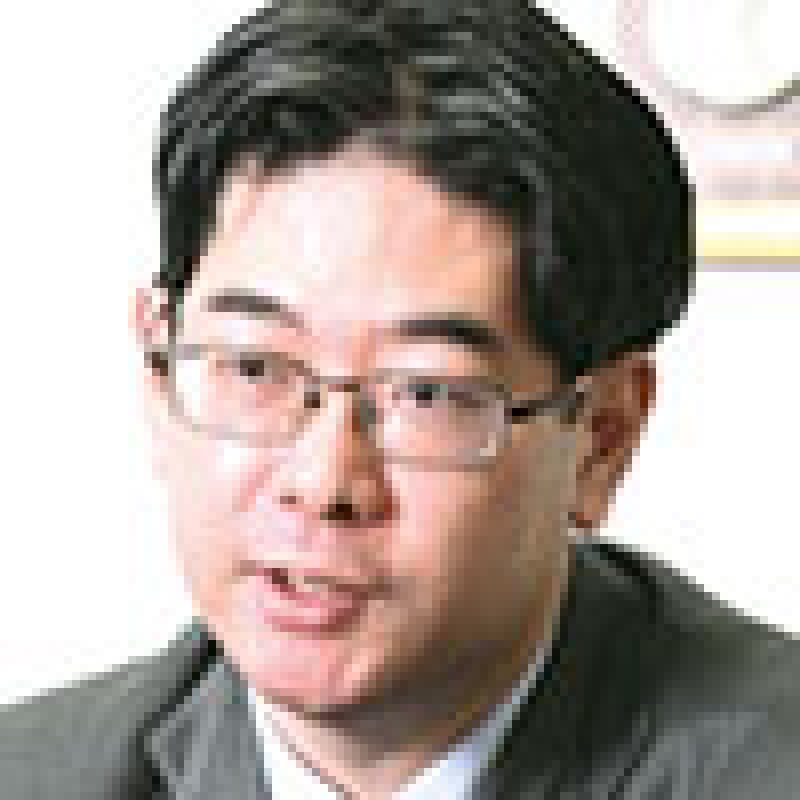Identification and quantification of HER2/neu as a proto-oncogene has led to humoral or antibody-based passive immunotherapy, including the use of trastuzumab (Herceptin®).
The invention discussed in this case demonstrated another form of immunotherapy being pursued, one relating to vaccination and active immunotherapy targeting a cellular immune response to epitopes on tumour associated antigens, such as HER2/neu.
Summary of the case
The Henry M. Jackson Foundation for the Advancement of Military Medicine, Inc. filed a patent application for an invention entitled "vaccine for the prevention of breast cancer recurrence." The invention in amended claim 16 (hereinafter, referred to as the invention) is "a vaccine composition comprising a pharmaceutically acceptable carrier, an effective amount of a peptide having the amino acid sequence SEQ ID NO:2, and granulocyte macrophage-colony stimulating factor, and wherein the composition does not contain an E75 peptide having the amino acid sequence of SEQ ID NO:3."
Japan Patent Office decision
It is recognised that in the cited reference, "intra-antigenic epitope spreading in HLA-A2+ breast cancer patients vaccinated with a MHC class i peptide(GP2) derived from the transmembrane region of HER2/NEU", the invention (cited invention) of "a vaccine comprising GP2 and GM-CSF" is described.
The invention and the cited invention are consistent in that they are "a vaccine composition comprising a pharmaceutically acceptable carrier, an effective amount of a peptide having the amino acid sequence SEQ ID NO:2, and granulocyte macrophage-colony stimulating factor, and wherein the composition does not contain an E75 peptide having the amino acid sequence of SEQ ID NO:3." Thus, there are no differences in the matters to specify both inventions.
Judgment of February 28 2017, IP High Court
The IP High Court (Presiding Judge Mori) rescinded the Japan Patent Office's decision, finding that there was an error in the recognition of the cited invention.
It is recognised that the following common general technical knowledge existed in relation to a cancer vaccine as of the priority date. The following are necessary in order to say that peptide is effective as a vaccine:
i] said peptide induces many peptide-specific CTLs;
ii] peptide-specific CTLs are induced to cancer cells;
iii] the induced CTLs recognise and destroy cancer cells.
Even if many peptide-specific CTLs are induced by a peptide, the peptide cannot necessarily be considered as having the clinical effect of a vaccine in such cases where the induced CTLs cannot recognise cancer cells and where the induced CTLs do not necessarily destroy cancer cells without fail.
In the cited invention, the level of GP2-specific CTL cells became higher for all patients with HLA-A2 node-negative breast cancer who had been treated with standard care as a result of inoculation of GP2 peptide and adjuvant GM-CSF for six months. This shows that GP2 peptide induced many peptide-specific CTLs, which is a requirement to be able to say that GP2 peptide is effective as a vaccine.
The invention showed that, for disease-free high-risk breast cancer patients to whom GP2 peptide and GM-CSF were administered, not only did GP2-specific CTLs increase but the relapse rate also decreased. That is, the induced CTLs recognised tumour cells and destroyed them, showing that the said peptide has a clinical effect.
The cited invention only showed the fact that peptide-specific CTLs were induced and therefore cannot be considered as identical to the invention, taking into account the common general technical knowledge as of the priority date that a peptide cannot necessarily be considered as having the clinical effect of a vaccine even if it induces many peptide-specific CTLs.
Practical tips
The majority of case law denies novelty when the cited invention and the invention have the same constitution, even though clinical effects are not described in the cited references.
For example, in the judgment of March 1 2007, the IP High Court (Presiding Judge Tsukahara) held as follows in relation to the patent titled "anticancer agent wherein taxol is an active ingredient," in order to judge whether the invention for which the patent is sought is novel or not under the requirement of "inventions that were described in a distributed publication" (Patent Act Article 29 (1) iii), only whether the cited invention has a construction corresponding to the invention should be considered. Efficacy and safety which will be evaluated through the administration protocol of the invention are also expected in the clinical trials described in the cited references. The clinical trials are those which confirm whether the expected effects are obtained, which are not described in the cited references as the established embodiments. This fact will not be a hindrance for recognising that the embodiments satisfying the elements of the invention 1 are described in the cited references.
This judgment affirmed novelty even though the cited invention and the invention have the same constitution because the clinical effects are not described in the cited references.
In both the Taxol case and this case, the cited reference is the outcome of the clinical trial of the inventor himself of the invention and the clinical effects are not described in the cited references. If, following the holding of the Taxol case, the inventor cannot obtain the patent at the stage of the cited reference as the clinical effects are not described therein, the novelty of the patent application will be denied based on his own clinical trial outcome afterwards. There is a possibility that this judgment adopted a different holding from the majority of case law because the judge believed that such a situation is unreasonable. However, the judgment is silent in this respect. Another possibility is that this judgment considered the fact that a cancer vaccine is not yet recognised as a standard treatment and came to a fact specific judgment. However, it is not clear. This judgment became final and binding without being appealed. We will therefore have to wait for future cases for a judgment to be made by the Supreme Court.

|
Takanori Abe |
ABE & Partners
Matsushita IMP Building
1-3-7, Shiromi, Chuo-ku, Osaka, 540-0001, Japan
Tel: +81 6 6949 1496
Fax: +81 6 6949 1487









